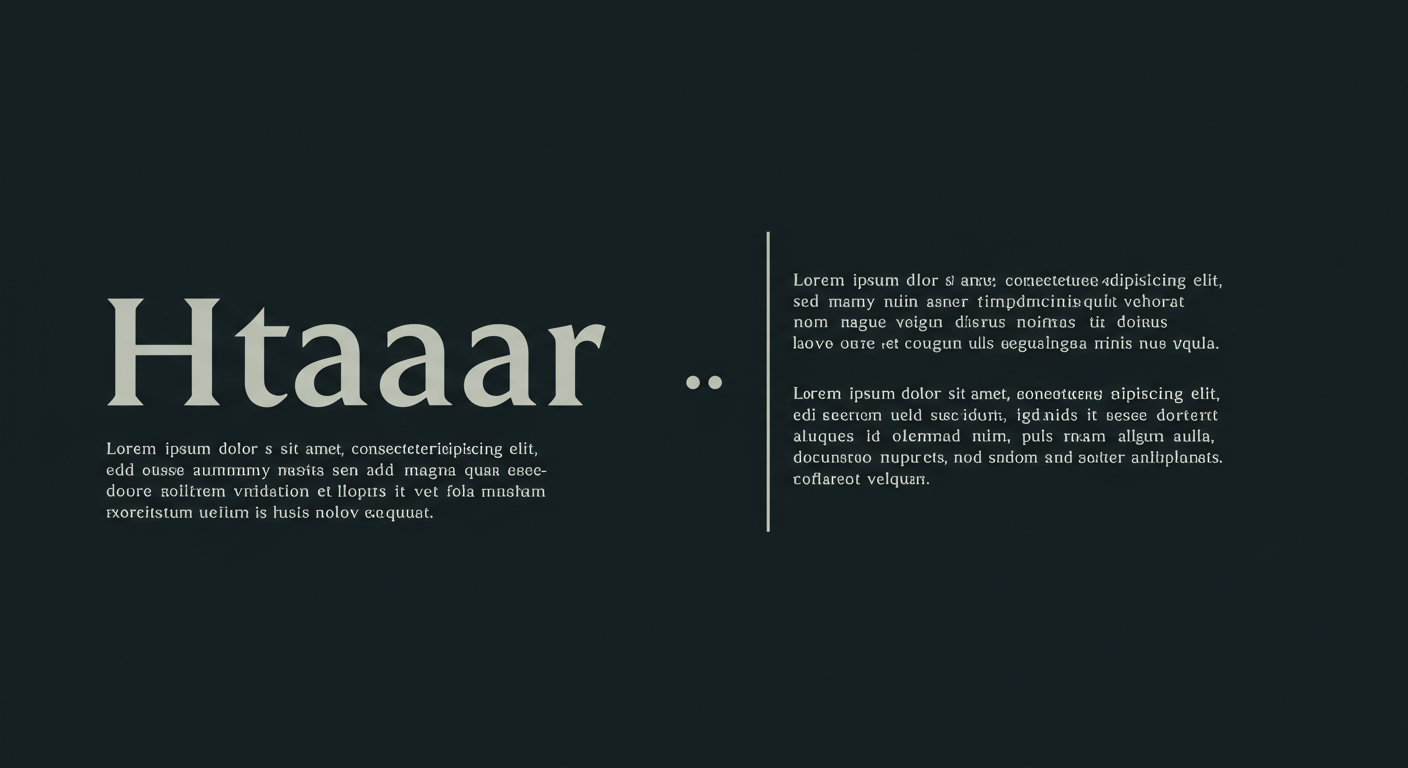The word hitaar has been gaining attention in recent years, not just as a term but as a concept that carries cultural, historical, and modern significance. For some, hitaar is tied to traditions and practices that have shaped communities. For others, it represents a new wave of ideas that influence personal growth, creativity, and lifestyle. In this article, we will explore the origins of hitaar, its role in different contexts, and why it is becoming relevant in today’s world.
What is Hitaar?
Hitaar can be understood as a multifaceted term that changes meaning depending on cultural or social contexts. While its exact origins are debated, many scholars and enthusiasts see hitaar as a word linked to balance, harmony, and expression. It is often used in discussions about art, personal well-being, and even innovation.
-
Linguistic perspective: Some interpretations trace hitaar to ancient roots where it symbolized harmony in human interactions.
-
Cultural use: In communities, hitaar is often described as a way of living that values respect, balance, and creativity.
-
Modern meaning: Today, hitaar is also used in personal development spaces, where it relates to mindfulness and productivity.
The Historical Background of Hitaar
To truly understand hitar, it is important to look at how the concept has evolved over time. Historically, hitaar was not just a word but a principle. Communities used it to guide relationships, rituals, and decision-making.
-
In traditional societies – Hitar was linked with communal harmony, ensuring that no single person dominated but instead contributed equally.
-
In art and literature – Ancient writers referenced hitar as a form of inspiration, blending structure with creativity.
-
In philosophy – Some thinkers connected hiaar with balance, similar to the concepts of yin and yang or equilibrium in nature.
Hitaar in Modern Contexts
As societies change, the meaning of hiaar continues to expand. Today, it appears in various domains:
Hitaar in Personal Growth
Individuals often use hitar as a guiding principle for mindfulness, goal setting, and self-discipline. The concept emphasizes living with intention and balance, ensuring that progress in one area does not create loss in another.
Hitaar in Creativity and Innovation
Artists, musicians, and writers often adopt itaar as a method of creative flow. It suggests blending traditional styles with modern expression to create something unique. Innovation also benefits from hiaar, as it allows balance between imagination and practicality.
Hitaar in Business and Leadership
In business environments, htaar represents ethical leadership, teamwork, and balance between profit and social responsibility. Leaders inspired by hitar often build inclusive workplaces that prioritize both productivity and employee well-being.
Why Hitaar Matters in Today’s World
The modern lifestyle is often fast-paced and stressful. Concepts like hiaar bring attention back to balance and harmony, which are essential for long-term success and happiness.
-
Mental health: Hiaar encourages mindfulness practices that reduce anxiety.
-
Community building: It fosters collaboration rather than competition.
-
Sustainability: In global discussions, htaar supports sustainable development by balancing human needs with environmental care.
Practical Ways to Apply Hitaar
Understanding hiaar is one thing, but practicing it daily is what makes it meaningful. Here are some practical ways:
-
Mindful Living – Start and end the day with reflection to stay aligned with personal values.
-
Creative Practices – Use hitar in art, music, or writing by balancing structure with freedom.
-
Workplace Balance – Encourage teamwork and ethical decision-making.
-
Community Engagement – Support initiatives that prioritize harmony and inclusivity.
Challenges in Understanding Hitaar
Despite its growing popularity, hiaar is not always easy to define. Different communities interpret it differently, which can create confusion. Some challenges include:
-
Lack of standard definition: There is no single explanation for hiaar.
-
Misuse in marketing: Businesses sometimes use the word superficially without respecting its depth.
-
Difficulty in practice: While the idea is attractive, applying hitar in daily life requires discipline.
The Future of Hitaar
Looking ahead, hitar is likely to continue influencing multiple areas of life. With growing interest in wellness, sustainability, and creativity, more people are turning to concepts like hitar for guidance. Educational systems may incorporate it into character development programs, while businesses may adopt it as part of corporate values.
Conclusion
Hitaar is more than just a term; it is a principle that emphasizes harmony, creativity, and mindful living. Its historical significance shows how communities used it for balance, while its modern applications prove its relevance in personal growth, business, and cultural expression. By understanding and practicing hitar, individuals and societies can move toward a more balanced, meaningful, and sustainable way of life.

